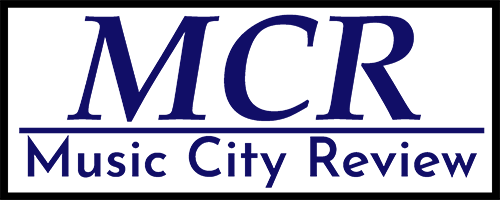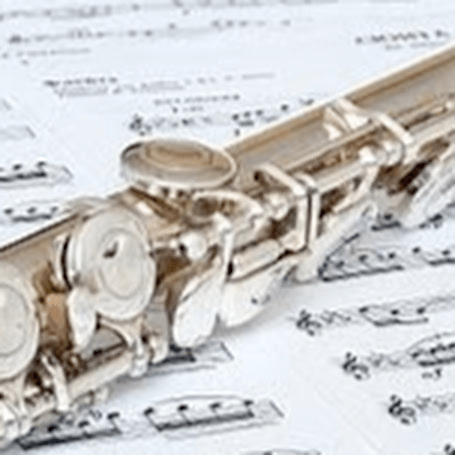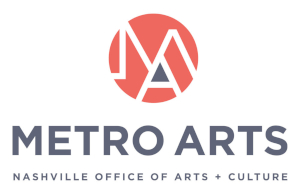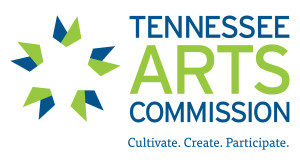In a return to Tennessee
Martha Graham Dance Company at James K. Polk Theater
In a 2024 article on Jamar Roberts for The Dance Enthusiast, actor/dancer, Toussaint Jeanlouis refers to “perseverance in spite of,” a trait psychologist C. Robert Cloninger considers “foundational in aiding, long-term success.” Although Jeanlouis was speaking of Roberts’ striking new four-movement work, We the People, this persistence, this “perseverance in spite of,” aptly applies to the entire nearly 100-year history of the Martha Graham Dance Company.
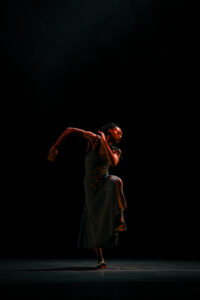
Much like another American dance institution, the Alvin Ailey Dance Theater, started just over 30 years later, Martha Graham’s troupe has benefited from the blessings of wise stewardship over the generations. (Coincidentally Roberts has danced with the Ailey company.) Now, in the hands of Janet Eilber, this wisdom has resulted in the Martha Graham company’s persistent respect for ennobled tradition and energetic innovation driven by continuing freshness, quintessential Americanness.
All four works on the program represented aspects of the American journey, from optimism to steely determination, the American Dream forged in suffering, tenacity, and joy. For example, each movement of Roberts’ work, choreographed to music by American roots music maven Rhiannon Giddens, opened effectively with a prelude danced in silence. Leslie Andrea Williams’ opening, in particular, showcased the dramatic movements characteristic of Graham’s choreographic language, like poses that freeze in place and her use of varied textures: solo dancers; polyphonic small groups, each with its own simultaneous pattern; heterophonic groups and individuals putting their own spin on patterns.
Also effective was the use of Giddens’ Celtic jazz sound in the second movement and the startlingly original use of audible breaths as phrase accents in the third movement featured six women. Despite the attractive old-timey fiddling of the fourth movement, this was the least compelling, despite an interesting reference to a man being shackled. Leaving it unclear whether the culprits are police or slaveowners was thought-provoking. This image of shackles returns later in the program.
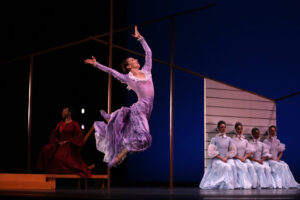
But the opener, the glowingly eternal Appalachian Spring, one of Graham’s most acclaimed works, set a standard I might have thought unapproachable: the disarming simplicity of Aaron Copland’s music; the unpretentious perfection of Isamu Noguchi’s sets; the deep-rooted potency of Graham’s choreography and costuming. These all combine much as Stravinsky, Chagall, and Balanchine did in Firebird. But unlike that fantasy world, Graham tapped into 1940s American optimism in the post-war period by honoring the reality of settlers in a world that was new to them.
Asserting her freedom to be an individual, Graham’s Immediate Tragedy— premiered in 1937—expressed her deep concern about the growth of fascism in Spain, a growth that mirrors current concerns in Europe and beyond. As a dire warning, this growth led to decades of Spain’s removal from the broader Western political, intellectual, and even social, society.
Because much of the original solo choreography has been lost, Immediate Tragedy has been reimagined by Artistic Director Eilber, danced with grace and power by Xin Ying until the end, when she is shackled and led away. The short-sleeved cream top hints at American casual dress, while the long black skirt with blood-red lining, also designed by Graham, alongside some swirling moves, paid homage to flamenco and fandango dance traditions, while maintaining Graham’s signature dance language paired with original music by American composer Henry Cowell.
The final work proved the vitality of this great company. Cave by Hofesh Shechter (who also created much of the music) not only approached, but took its place right next to the opening Appalachian Spring in its promise for artistic longevity. Premiered in 2022, its differences in choreographic language, in music, in costuming, in lighting could not disguise its DNA relationship to the Americanness of its progenitor.
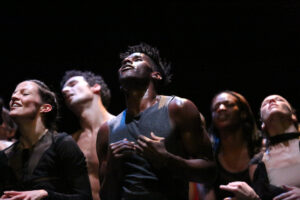
Introduced as a “dance party,” this throw-down scene of underground club energy—mingling the angular moves of modern dance with this gyrating references to the Soul Train dance line—was just as American, but pecan pie rather than apple pie, sweet and tasty, but crunchy. My concert partner Jo-Ann Davis gleefully recognized funky moves from the popular dances like the electric slide and the stanky legg, enhanced by Yi-Chung Chen’s creative lighting and Goth-infused costume design by Caleb Krieg.
The audience response throughout the evening was informed and vigorous. When Eilber noted the tiny factoid of Merce Cunningham, founder of his own eponymous dance company, as the originator of the Preacher role in Appalachian Spring, the audience gasped in pleased surprise.
Despite current controversies concerning the benefits of embracing varied points of view, the Martha Graham Dance Company highlights a foundational part of the American spirit, the delights of difference, the joys in fusing the classical, the modern, and the popular, the rural and the urban. In fact, this dance company persists in celebrating the melting pot that is us in the U.S. at our finest, individuals working together. E pluribus unum.
